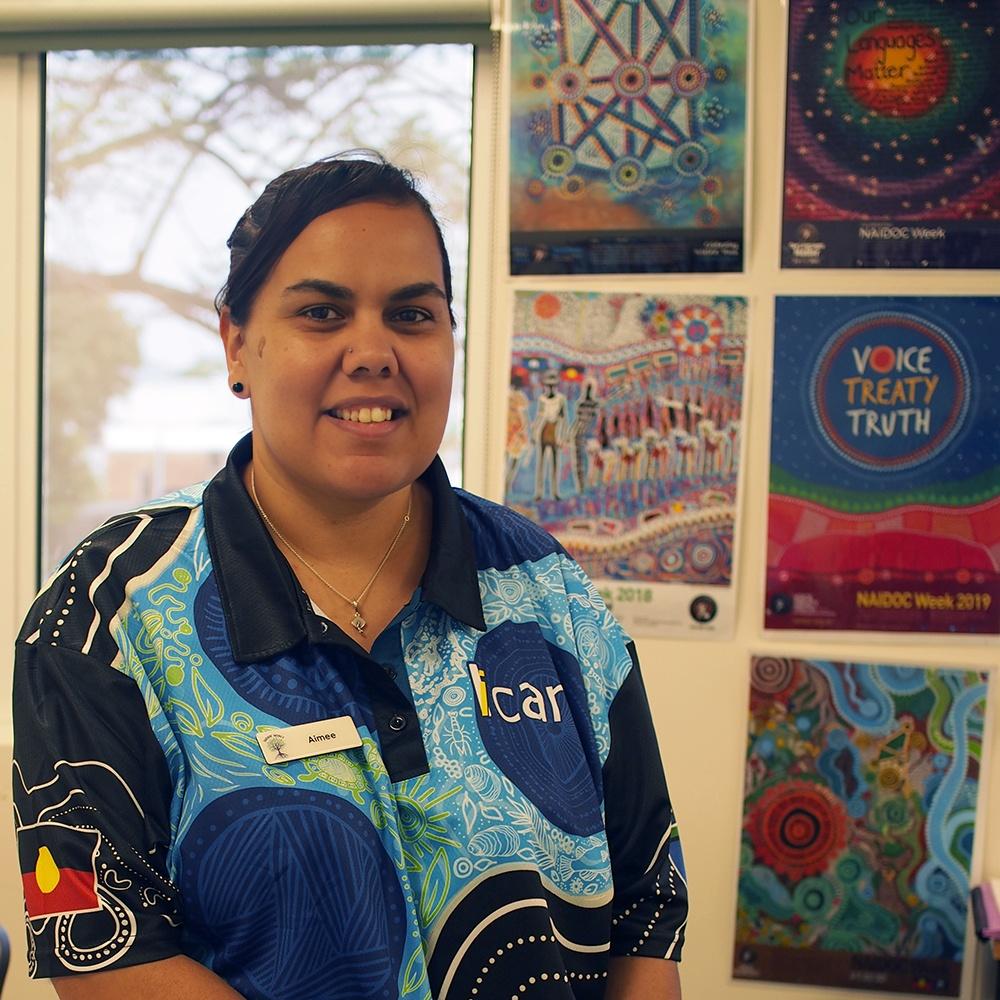
Aimee Williams, ICAN Thrive Money Mentor
We know that life throws us many curveballs, but if we were to create a well-thought-out plan, we could turn those curveballs and scary expenses into smaller and more manageable chunks.
The way to do this is to write down all the fixed and large expenses you may face within the year. You may need to think about all the larger expenses you had during last year to start you off or think about your financial goals for this year. Those larger expenses may include car rego, holidays, Christmas, birthdays, etc. Knowing approximately how much you spend for each expense will help you turn what would usually be a scary time into a much more manageable and meaningful time for yourself and your family.
Turning a large expense into a small amount
Get this: We know that Christmas happens at the same time every year. Now imagine spending a magical time with your family and not worrying about financial stress or falling into those debt traps that we often find ourselves in every year.
To get to that place, we must first figure out the expense. How much do we actually spend at Christmas? Think about the presents, food, travel costs, and all other expenses associated with Christmas Day. Once we have figured out the total cost of Christmas, we can add that to our weekly or fortnightly budget and plan to put a small amount away each pay. This is how we can bring down what would usually be a larger expense and plan to save smaller amounts each pay.
For example, if the average cost for Christmas was around $3000 (including food, presents, decorations and any other cost that goes with Christmas Day), we can plan and budget for this expense at the start of the year. This would mean we would only need to save about $120 each pay, instead of trying to come up with $3000 right before Christmas.
Having this plan in place can help people avoid debt traps such as Buy Now Pay Later (Afterpay, Zip Pay, etc.), payday loans or any other small loans. Staying away from these products could save people lots of money, as they charge crazy interest and have many fees and charges attached to their contracts.
Rainy Day or Emergency Fund
Another great way to plan for those larger and unexpected expenses is to have a rainy day or emergency fund. We know that life happens, and there will be many times when an unexpected expense happens, such as the car breaking down or needing new tyres, a child getting sick, or we have sorry business.
Starting to plan or build a rainy day or emergency fund could bring down these unexpected and larger expenses. So, instead of trying to come up with larger amounts of money for those unexpected expenses, we may only need to add a small amount to the money we’ve already saved in our fund.
When starting to plan your emergency fund every person is different, so we need to come up with a figure that would make each individual feel comfortable. A rainy day or emergency fund is usually ongoing. For example, you may start with $1000 as your savings goal, but once you reach that target, you may want to up it to $1500. Everyone is different, so we need to figure out what will suit our individual needs.
If we were to plan and start building our fund at the start of the year, we may only need to save around $40 each pay to hit the target of $1000 at the end of the year. If we were to start saving at the start of January and save around $160 each pay, we could hit that target by the end of March (or close to it). So, by the end of the year, we could have saved $4000, which would be amazing for anyone’s rainy day or emergency fund.
Key Message
Starting the new year off right and thinking about all of those larger expenses and any financial goals you want to achieve for the year can be a game changer. Planning ahead can save people money and stop them from falling into debt traps that are hard to escape and cost so much more than initially planned.
Having a well-thought-out plan in place is key to our financial journey. It can help us build a better relationship with our money, which can help us build a better and wealthier future for ourselves, our kids, our families, and our communities.
If you would like to start planning for the year ahead or have a financial goal you want to achieve, come in and yarn to the ICAN Thrive team. We’ll help you put a plan in place that will suit your individual needs and help get you to where you want to be. You could even join our Matched Savings Program and turn your first $500 of savings into $1000!
This story was prepared by Aimee Williams of the ICAN Thrive team. To book an appointment with Aimee or one of the team contact ICAN Thrive on:
Phone: 1800 369 878
Email: thrive@ican.org.au